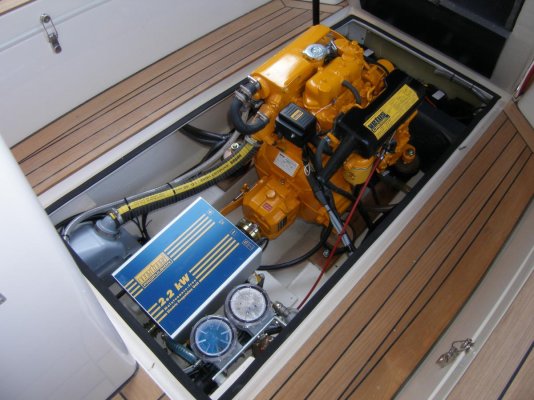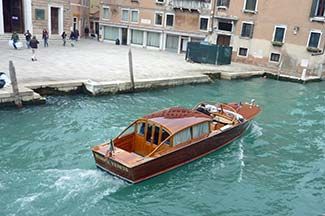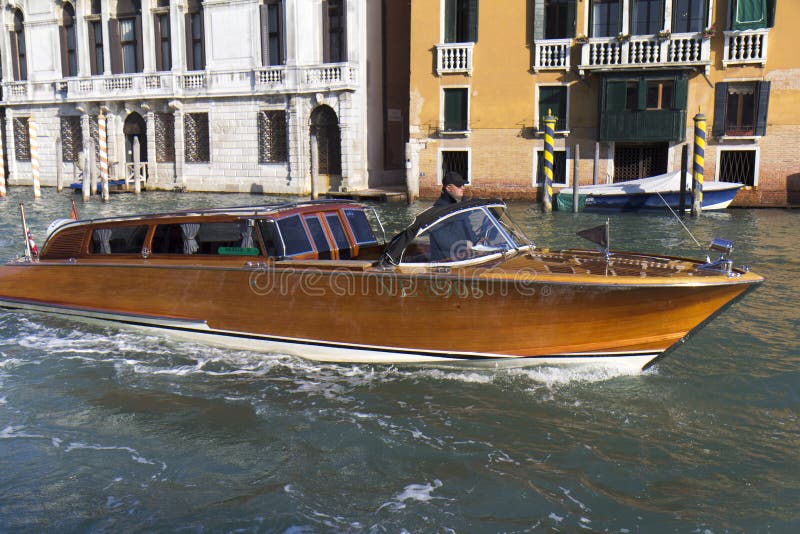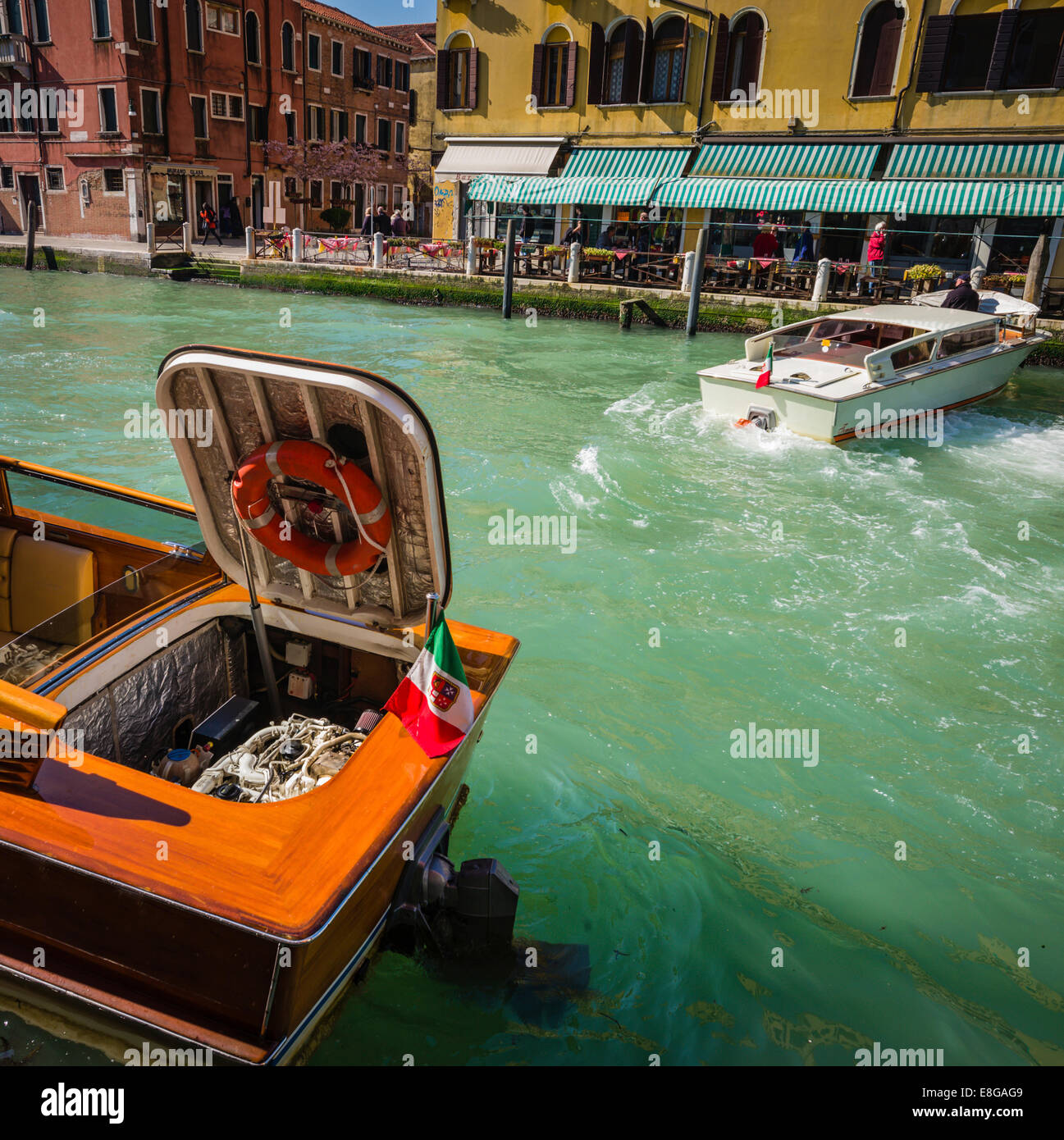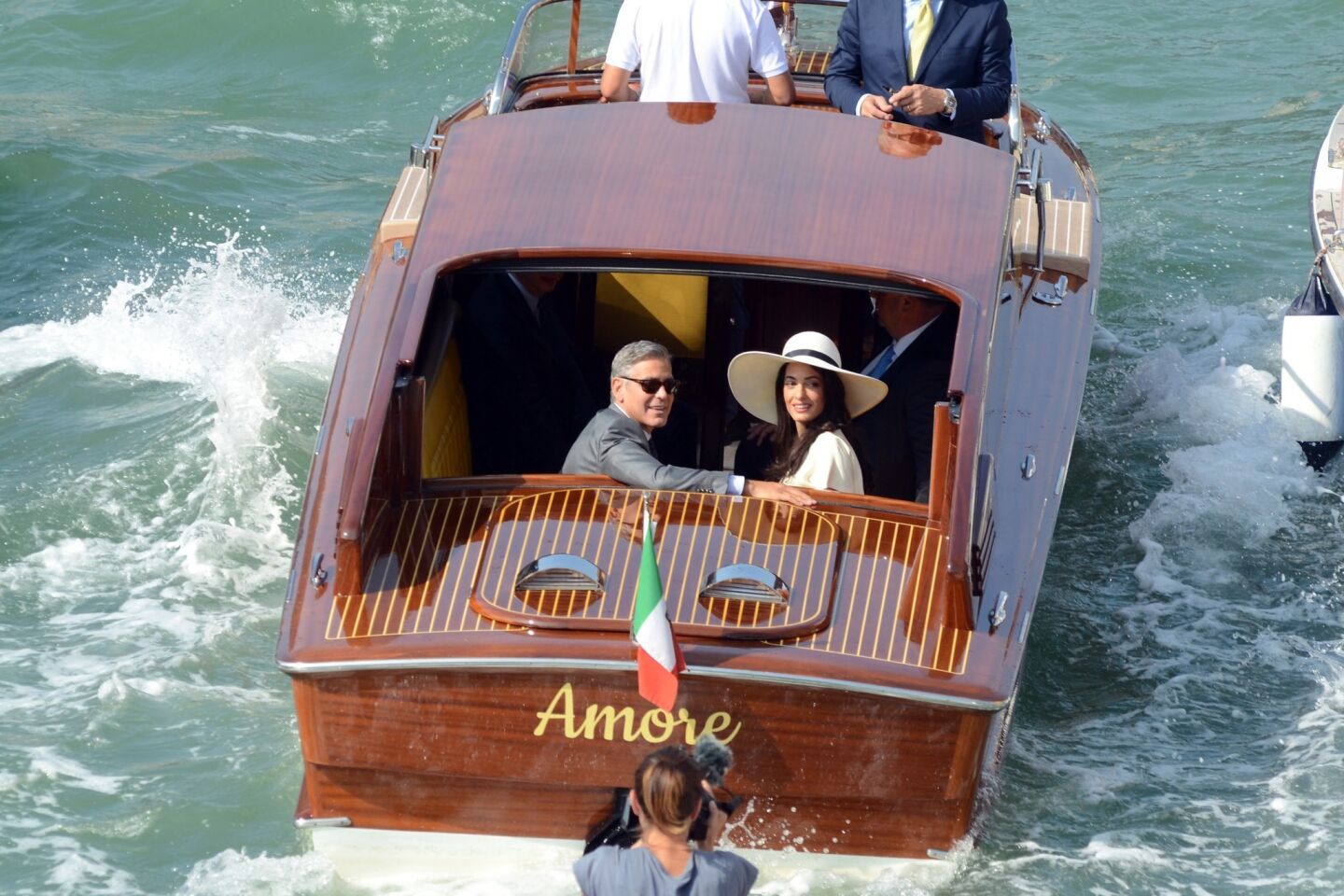Before I even start this post, full disclosure that this is not about a trawler "but" if the TF monitors permit, I would like to share our latest adventure as a means to help others who may be thinking about building a new boat.
For those who do not know us (John & Maria) we have been around a little while and enjoyed four trawlers (Nordhavn's & Helmsman) starting back in 2005. We live in San Diego, CA. and have experienced living aboard (part time) over a four period. We appreciate all types of boats and assisting others with discovering boating. After retiring from trawlers (now I'm not so sure), I decided to go against the current and learn to sail. After a year of researching different types of sailboats I contracted with Marshall Marine in Maine to build a little 16' day sailor I could trailer. After one lesson I taught myself the basics and enjoyed every minute being on the water. Fast forward one year and my lower back started to feel all the twisting associated with sailing and I'm forced to sell the boat.
While recent talks with Maria over a new margarita recipe have included a possible new trawler for retirement (getting closer) I do not want to be without a boat for too long and increased my research electric powered boats.
We came to appreciate electric power when we traded our 5hp Yamaha OB for a 3HP Torqeedo used on our 10' dingy. Not having to deal with fuel and the noise of the Yamaha were just two benefits we have come to appreciate with electric power. We liked the Torqeedo motor so much we had the same model installed on our day sailor. Wanting to expand our experience with electric power had me focus on Europe and various boat builders. My personal conclusion is that while advancements have been made, more work is required before I would invest significantly in an all-electric boat of any large size. For this reason, my approach in the new boat will be to "keep it simple" and focus on proven systems while others prove out the next generation of electric propulsion.
Our project is small but will include a few firsts for us; 1) contracting directly with an overseas builder 2) importing a boat into the US 3) dealing with exchange rates and I'm sure a few other items that will arise. No question we have a lot to learn but it's all part of the adventure and as some on TF already know this is the part of boating I really enjoy.
Future posts will focus on our decision-making process, building the boat, acceptance overseas prior to shipping and lessons learned along the way. Hopefully our posts will help a few others who are thinking about building a boat in the future.
John
Nordhavn 4050, 4061, 3522
Helmsman 38E
Sandpiper 15'
For those who do not know us (John & Maria) we have been around a little while and enjoyed four trawlers (Nordhavn's & Helmsman) starting back in 2005. We live in San Diego, CA. and have experienced living aboard (part time) over a four period. We appreciate all types of boats and assisting others with discovering boating. After retiring from trawlers (now I'm not so sure), I decided to go against the current and learn to sail. After a year of researching different types of sailboats I contracted with Marshall Marine in Maine to build a little 16' day sailor I could trailer. After one lesson I taught myself the basics and enjoyed every minute being on the water. Fast forward one year and my lower back started to feel all the twisting associated with sailing and I'm forced to sell the boat.
While recent talks with Maria over a new margarita recipe have included a possible new trawler for retirement (getting closer) I do not want to be without a boat for too long and increased my research electric powered boats.
We came to appreciate electric power when we traded our 5hp Yamaha OB for a 3HP Torqeedo used on our 10' dingy. Not having to deal with fuel and the noise of the Yamaha were just two benefits we have come to appreciate with electric power. We liked the Torqeedo motor so much we had the same model installed on our day sailor. Wanting to expand our experience with electric power had me focus on Europe and various boat builders. My personal conclusion is that while advancements have been made, more work is required before I would invest significantly in an all-electric boat of any large size. For this reason, my approach in the new boat will be to "keep it simple" and focus on proven systems while others prove out the next generation of electric propulsion.
Our project is small but will include a few firsts for us; 1) contracting directly with an overseas builder 2) importing a boat into the US 3) dealing with exchange rates and I'm sure a few other items that will arise. No question we have a lot to learn but it's all part of the adventure and as some on TF already know this is the part of boating I really enjoy.
Future posts will focus on our decision-making process, building the boat, acceptance overseas prior to shipping and lessons learned along the way. Hopefully our posts will help a few others who are thinking about building a boat in the future.
John
Nordhavn 4050, 4061, 3522
Helmsman 38E
Sandpiper 15'

